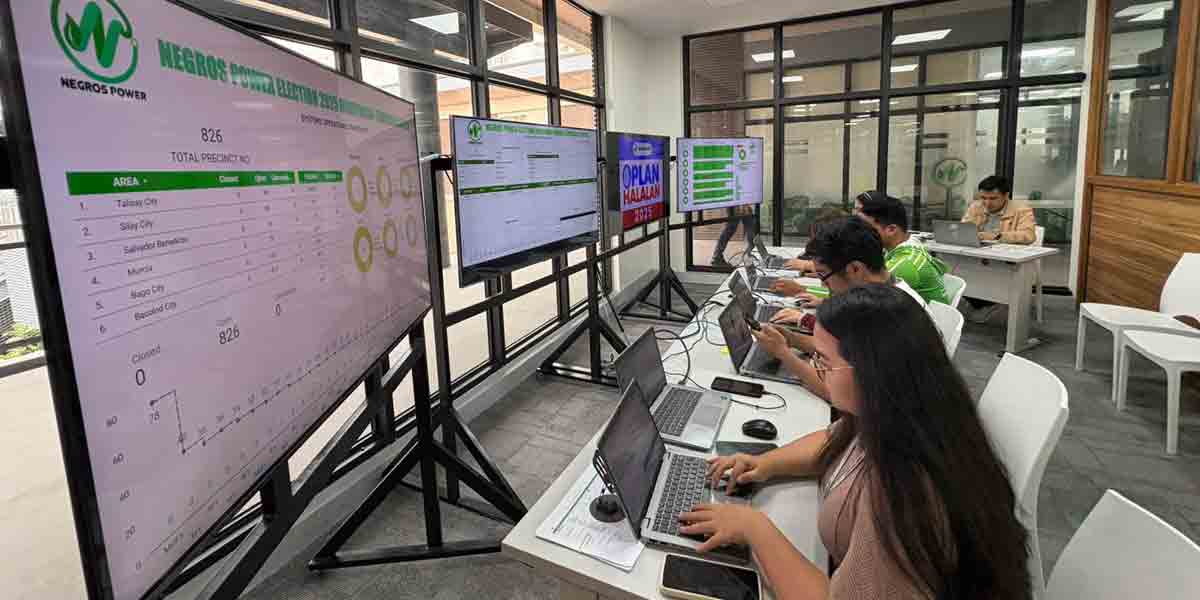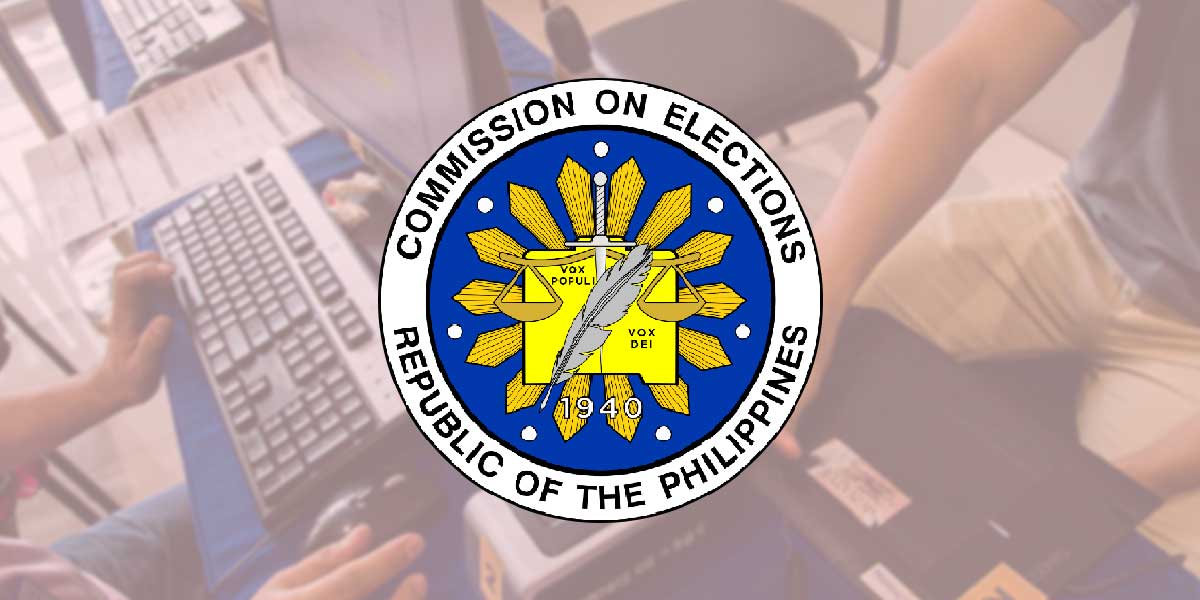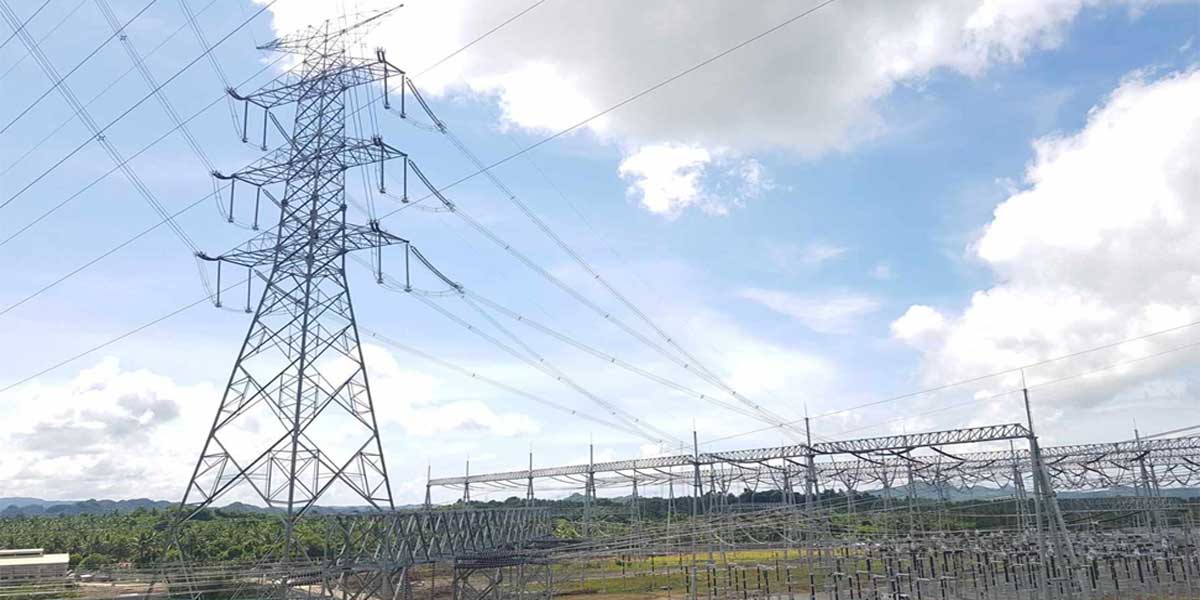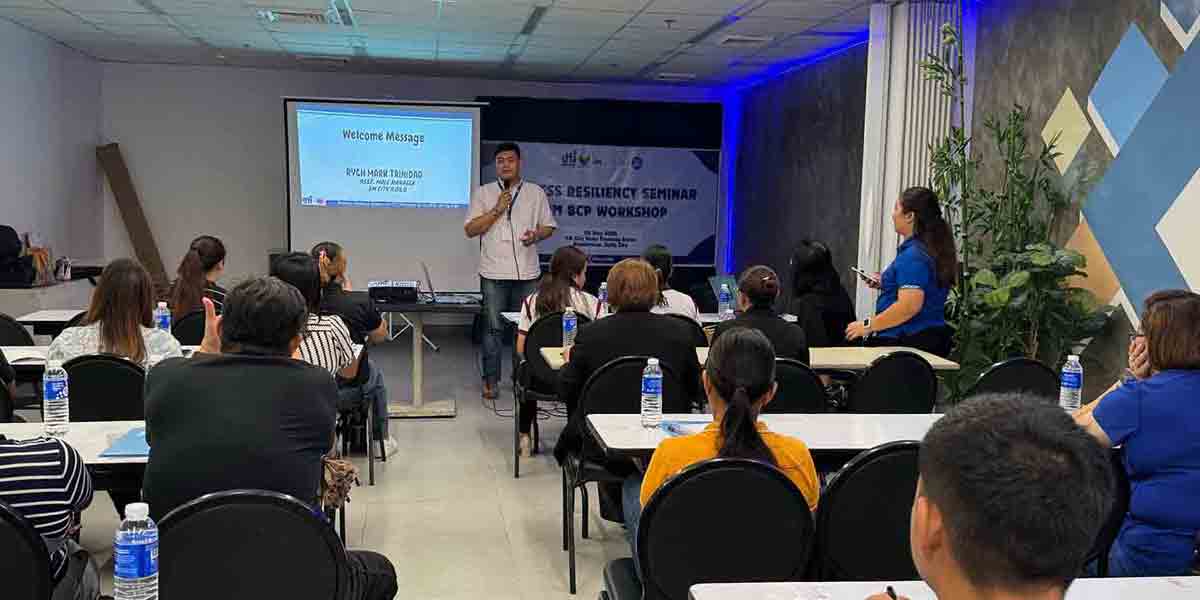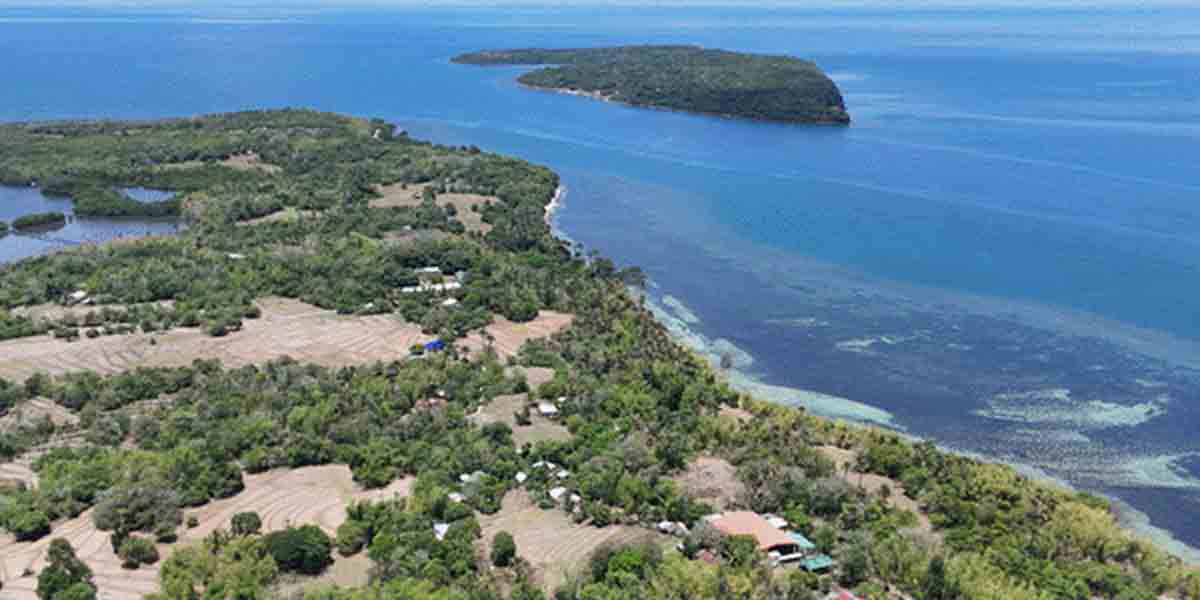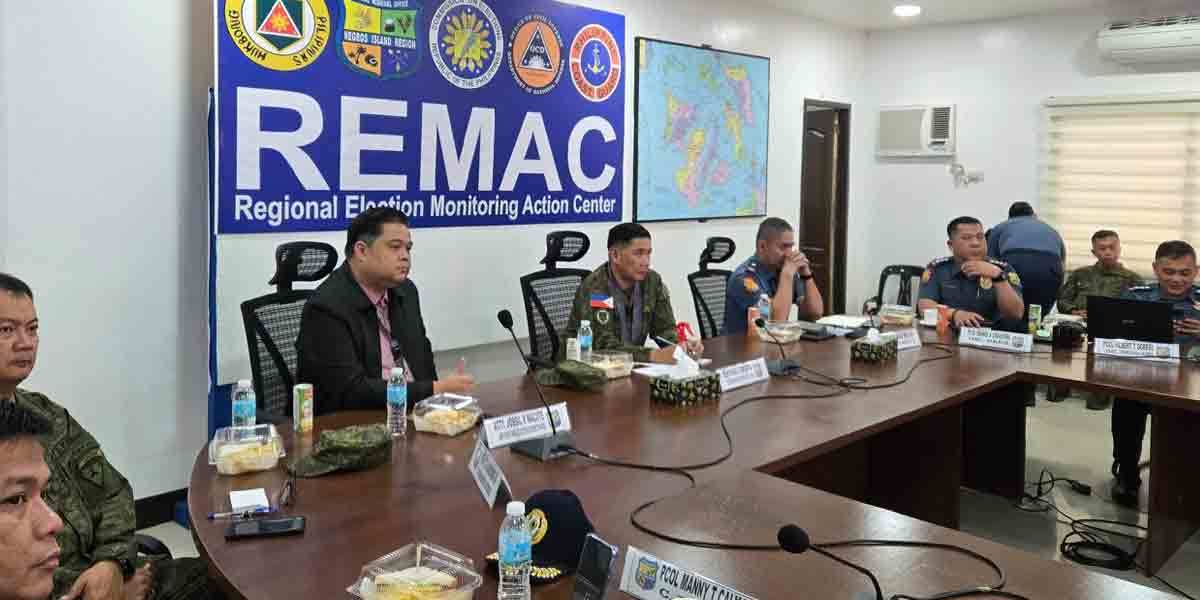The Philippines is intensifying efforts to achieve energy security, affordability, and sustainability by adopting a diversified energy mix.
During the 3rd Ruperto P. Alonzo Memorial Lecture Series titled “The Energy Trilemma – An Analysis of the Philippine Situation,” Eric Francia, President and CEO of ACEN Corporation, emphasized the importance of utilizing multiple energy sources.
“No technology is perfect, but each one has a role,” Francia stated, highlighting that a combination of energy sources is essential for true energy security.
As of 2023, coal-fired power plants supplied 61.9% of the country’s electricity, according to data from Ember. While coal provides a stable baseload, it is also the highest emitter of carbon dioxide.
Francia acknowledged this duality: “The disadvantage of coal is it’s the highest emitting. It’s the dirtiest. But coal provides baseload.”
Renewable energy sources like solar and wind are experiencing significant growth. In 2024, the Philippines added 794.34 megawatts (MW) of new renewable energy capacity, surpassing the combined 759.82 MW installed over the previous three years, as reported by the Department of Energy.
However, challenges such as intermittency persist, as solar and wind outputs depend on natural conditions.
Natural gas serves as a flexible energy source, emitting 50% less carbon dioxide than coal. However, the Philippines relies on imported liquefied natural gas (LNG), making it susceptible to global price fluctuations.
The International Energy Agency (IEA) forecasts that natural gas will maintain its 14% share of the electricity mix from 2025 to 2027.
Nuclear energy offers a high-capacity, low-emission power source capable of providing consistent baseload electricity. However, it faces challenges related to public perception, safety concerns, and regulatory hurdles.
Francia emphasized the need for an open-minded discussion about nuclear energy’s role in the Philippines’ energy future.
Hydropower and geothermal energy have long contributed to the Philippines’ renewable energy mix, offering stable and continuous baseload power. However, their expansion potential is constrained by geographical limitations and environmental factors.
The National Renewable Energy Program (NREP) aims to increase the renewable energy share in the power generation mix to at least 35% by 2030 and 50% by 2040. This initiative seeks to reduce dependence on fossil fuels and enhance energy security through sustainable sources.
Francia concluded, “I can criticize each technology but what is the point? Let’s recognize each weakness and let’s address them.”
This approach underscores the Philippines’ commitment to a balanced and resilient energy future, leveraging the strengths of various energy sources to meet the nation’s growing demands.

